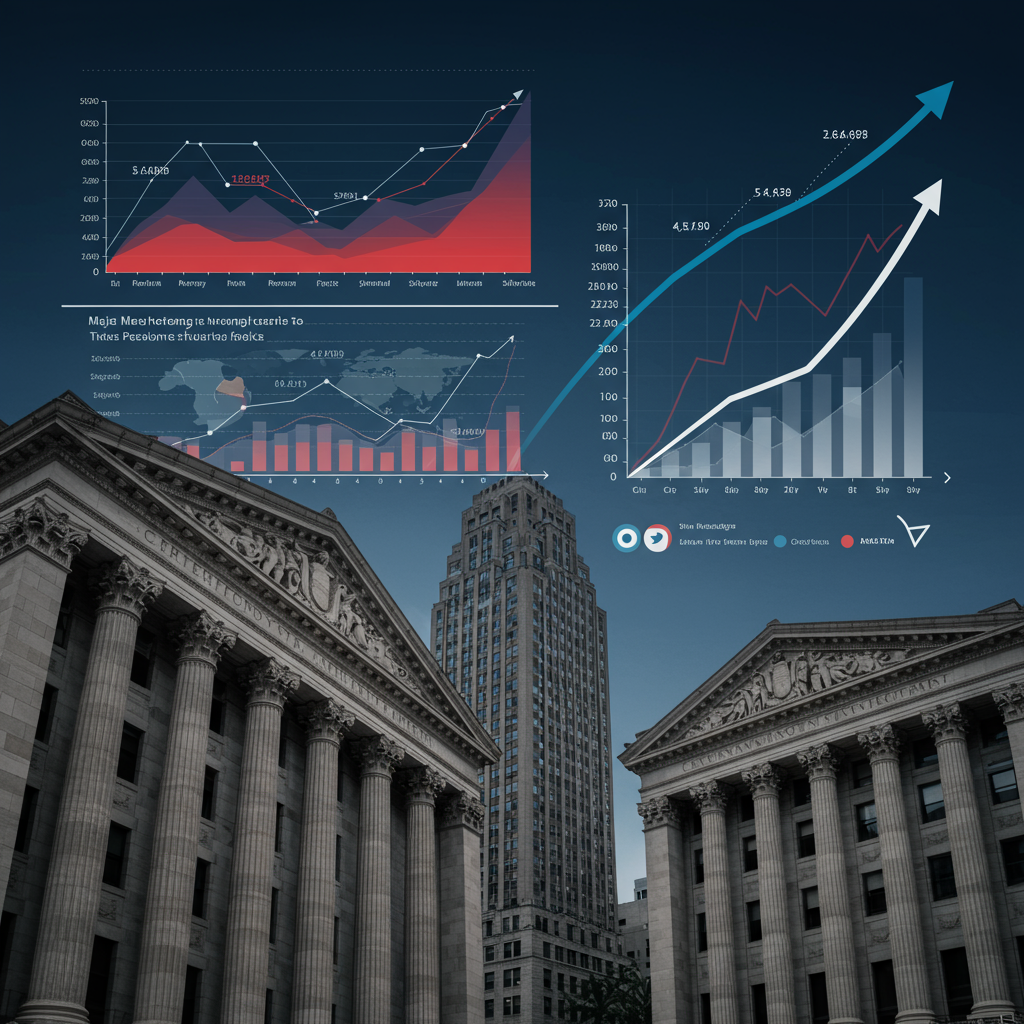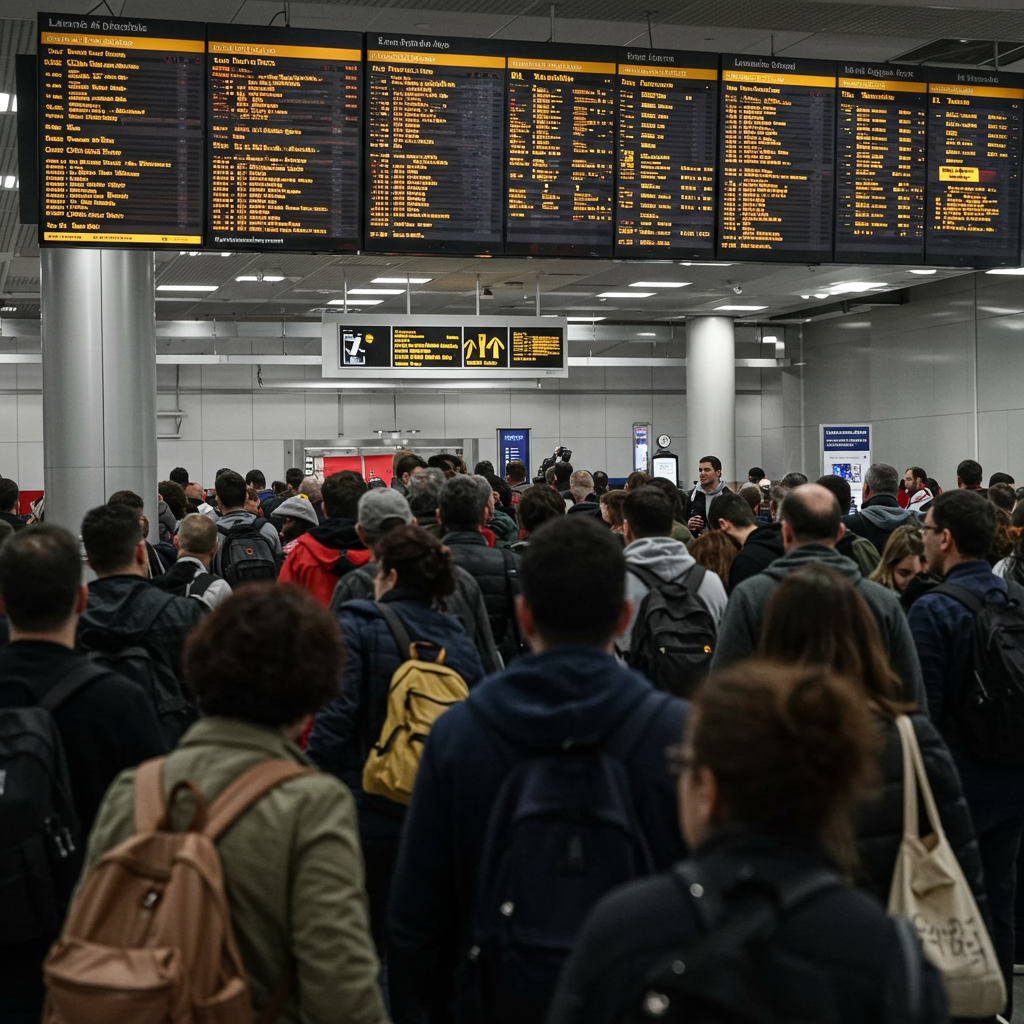Major financial institutions across the United States recently received a significant vote of confidence from the Federal Reserve. Following the successful completion of the Fed’s rigorous annual stress tests, the nation’s largest banks are set to return substantial capital to their shareholders. These moves, primarily through increased quarterly dividends and new or expanded share repurchase programs, signal strong financial health and confidence in the economic outlook among leading banking firms. Investors are keenly watching these announcements as they reflect the resilience demonstrated by the banking sector under hypothetical severe economic conditions.
Understanding the Federal Reserve’s Stress Tests
Every year, the Federal Reserve puts the largest banks through a demanding test known as the Dodd-Frank Act stress tests. The primary goal is to evaluate whether these institutions can withstand a severe economic downturn while still being able to lend to households and businesses. These simulated scenarios involve sharp increases in unemployment, a significant drop in asset values, and severe market volatility. Passing the test essentially confirms that a bank holds sufficient capital reserves to absorb large losses without collapsing or requiring taxpayer bailouts, as occurred during the 2008 financial crisis.
The 2024 results were positive for the major players. On average, the banks tested maintained a strong Common Equity Tier 1 (CET1) capital ratio of 11.6% even under the simulated stress scenario. This is well above the regulatory minimum requirement of just 4.5%. Notably, the six largest banks, including those making payout announcements, all maintained double-digit capital ratios during the test, highlighting their robust financial standing. This performance provides the regulatory green light for banks to distribute more capital back to their shareholders through dividends and stock buybacks.
Major Banks Announce Increased Payouts
The successful stress test outcomes paved the way for key announcements regarding shareholder returns. Several prominent banks quickly revealed plans to hike their dividends and initiate or expand share buyback authorizations, effective for the third quarter. These actions are a direct consequence of demonstrating sufficient capital buffers.
Here’s a look at some of the specific announcements from the nation’s largest banks:
JPMorgan Chase: The largest US bank announced a notable increase in its quarterly dividend, raising it to $1.50 per share, up from the previous $1.40. Alongside this, JPMorgan unveiled a substantial new share repurchase program. This authorization allows for the buyback of up to $50 billion in shares, providing significant flexibility in returning capital over time. CEO Jamie Dimon commented that the dividend increase is sustainable, supported by the bank’s robust financial performance, and the buyback program offers valuable capital distribution flexibility.
Bank of America: Shareholders of Bank of America can expect an 8% increase in their quarterly dividend. The payout is set to rise to 28 cents per share.
Wells Fargo: This major lender also increased its quarterly dividend. The payout will move from 40 cents to 45 cents per share.
Morgan Stanley: The investment banking giant received approval for a significant $20 billion share repurchase program. Additionally, Morgan Stanley intends to raise its quarterly dividend to $1 per share, an increase from approximately 93 cents.
Goldman Sachs: Goldman Sachs announced an increase in its quarterly dividend as well. The payout is scheduled to climb from $3 to $4 per share.
Citigroup: Citigroup’s quarterly dividend is set to increase to 60 cents per share, up from its prior level of 56 cents.
These announcements collectively represent billions of dollars in planned capital returns, underscoring the banks’ strong earnings power and solid balance sheets following regulatory scrutiny.
Implications for Banks and Investors
The decision by major US banks to boost dividends and buy back shares carries significant implications. For the banks themselves, it’s a clear signal of health and confidence. Passing the stress test and having excess capital confirms their ability to not only absorb losses in a crisis but also to generate sufficient earnings to reward shareholders. It reinforces the stability of the financial system, a key objective of post-crisis regulations.
For investors, these actions are generally positive news. Increased dividends provide direct income, while share buybacks can potentially boost the stock price by reducing the number of outstanding shares. These capital distributions can make bank stocks more attractive, especially in a yield-seeking environment. The ability of banks to return capital at these levels post-stress test is often interpreted as an indicator of management’s positive outlook on future earnings and the broader economy. It suggests that executives believe the bank’s stock is a worthwhile investment for repurchasing and that future profitability can sustain higher dividend payments.
Regulatory Landscape and Future Stress Test Reforms
While the current stress test results are favorable, the regulatory environment for banks is continuously evolving. The Federal Reserve is currently working on reforming its stress test methodology. A proposal introduced earlier in the year suggests a potential shift towards averaging stress test results over a two-year period. The stated aim behind this reform is to enhance transparency and potentially reduce volatility in the required capital levels year-to-year.
Central bank officials have noted that if results from the 2025 and 2024 stress tests were averaged today, banks would likely have been required to hold more capital to meet regulatory minimums. This indicates that future capital requirements could potentially rise under the new methodology, even if banks continue to pass the tests. Bank executives, including Goldman Sachs CEO David Solomon and JPMorgan’s Jamie Dimon, have commented positively on the Fed’s stated intention to improve transparency and fairness through these rule-writing projects, emphasizing the importance of upholding the safety and soundness of the financial system. The proposed rule changes are still under development, and the industry is monitoring their progress closely.
Frequently Asked Questions
What are the Federal Reserve’s annual stress tests for banks?
The Federal Reserve conducts annual stress tests to assess whether large banks have enough capital to survive a severe economic downturn. The tests simulate challenging conditions like high unemployment and market crashes. Passing means a bank is deemed resilient enough to absorb significant losses while continuing operations, ensuring financial stability and the ability to lend even during a crisis.
What does the banks’ ability to increase dividends and buybacks signal to investors?
When banks increase dividends and announce share buybacks after passing stress tests, it’s seen as a strong positive signal. It indicates that the banks are well-capitalized, profitable, and confident in their financial health and future earnings prospects. For investors, it means banks are returning value directly, which can enhance stock attractiveness and potentially boost share prices through reduced share count.
Which major US banks announced specific dividend increases or share buyback programs?
Several major US banks made announcements. JPMorgan Chase increased its dividend to $1.50/share and authorized a $50 billion buyback. Bank of America is raising its dividend by 8% to 28 cents/share. Wells Fargo increased its dividend to 45 cents/share. Morgan Stanley approved a $20 billion buyback and plans a $1/share dividend. Goldman Sachs is raising its dividend to $4/share, and Citigroup’s will increase to 60 cents/share.
Conclusion
The recent wave of dividend increases and share buyback announcements from major US banks underscores a banking sector that is currently well-capitalized and deemed resilient by regulators. Having successfully navigated the Federal Reserve’s stringent stress tests, these institutions are positioned to return significant value to their shareholders. While regulatory reforms, including potential changes to the stress test methodology, remain ongoing, the immediate actions reflect strong performance and a positive outlook from bank leadership. This period marks a significant moment for shareholder returns in the US banking industry, rooted in demonstrated financial stability and regulatory compliance.




